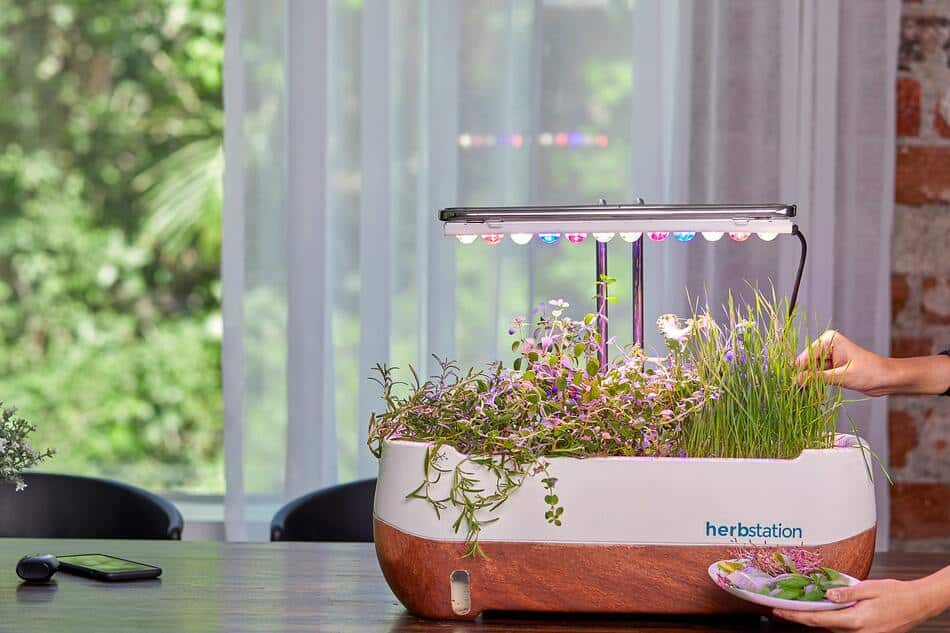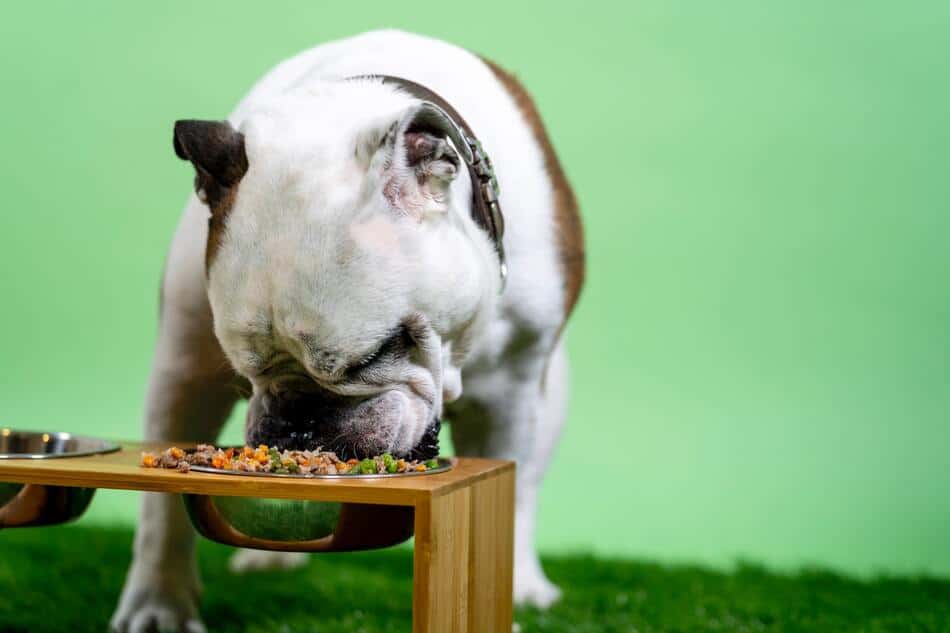Are you pondering if Dogs can eat microgreens? If you’re looking for a way to boost your dog’s nutrition, microgreens are a great option. These tiny plants are packed with vitamins and antioxidants, and they’re easy to grow and feed. Give them a try and see how your dog benefits.
Can dogs eat microgreens? Yes, dogs can eat microgreens. Microgreens are packed with nutrients and antioxidants, and they make a healthy and delicious treat for your dog. Just be sure to introduce them slowly into your dog’s diet, as some dogs may be sensitive to new foods. When feeding your dog microgreens, be sure to wash them first to remove any dirt or pesticides. And always supervise your dog while they’re eating, as some microgreens may be sharp and could cause choking.
Microgreens are immature greens that are harvested when they’re about one to three inches tall. The most common microgreens are lettuce, arugula, and spinach, but you can also find more unusual varieties, such as beets, cabbage, and radishes. In this article, I will show you the benefits your dog has from eating microgreens, and the types of microgreens that are perfect for your dog!

Can Dogs Eat Microgreens?
Microgreens are a serious nutritional punch. They’re a good source of vitamins C, E, and K, as well as carotenoids, which are associated with a reduced risk of cancer. Microgreens also contain more chlorophyll than mature greens, which can help detoxify the body.
For dogs, the most important nutrients in microgreens are vitamins A and C. Vitamin A is essential for healthy skin and eyes, while vitamin C helps boost the immune system. Feeding your dog a diet rich in these vitamins can help reduce the risk of health problems like allergies, cancer, and heart disease.
You can buy microgreens at some supermarkets, but they’re often expensive. A better option is to grow your own. Microgreens are easy to grow, and you can do it indoors on a sunny windowsill.
To get started,
- You’ll need a shallow container some potting mix, and some seeds
- After you’ve gathered your supplies
- Sow the seeds in the potting mix, and
- Water them regularly. In about two weeks, you’ll have a crop of microgreens to harvest.
To feed your dog microgreens, simply mix them into his food. You can also chop them up and use them as a healthy treat.
6 Healthiest Microgreens For Dogs
1. Broccoli
Broccoli is good for dogs because it is full of vitamins and minerals like vitamin C, beta-carotene, and calcium. It also contains sulforaphane, a compound that has been shown to have cancer-preventing properties.
2. Radish
Radishes are a good source of fiber, vitamins, and minerals like magnesium, potassium, and calcium. They also contain compounds that have been shown to have anti-inflammatory and cancer-preventing properties.
3. Kale
Kale is a nutritious superfood that is packed with vitamins, minerals, and antioxidants. It is also a good source of fiber and chlorophyll. Chlorophyll is known for its detoxifying properties and can help to remove toxins from the body.
4. Arugula
Arugula is a nutrient-rich green that is packed with vitamins, minerals, and antioxidants. It is also a good source of fiber. Arugula has been shown to have anti-inflammatory and cancer-preventing properties.
5. Brussels sprouts
Brussels sprouts are good for your dog because they are low in calories and fat. they are also a good source of fiber which can help with digestion. however, you should only give your dog a few Brussels sprouts at a time because they can cause gas.
6. Spinach
Spinach is packed with nutrients that can be beneficial for your dog’s health. Some of the nutrients found in spinach include vitamins A, C, and K, as well as iron and calcium. These nutrients can help to keep your dog’s coat healthy and shiny, boost their immune system, and support strong bones and teeth. Spinach is also a good source of fiber, which can help with digestion.

How To Feed Your Dogs With Microgreens
When feeding microgreens to your dog, it is important to chop them up into small pieces. This will help your dog to digest them properly and prevent them from choking. You can add microgreens to your dog’s food, or you can feed them as a treat.
If you are feeding microgreens to your dog for the first time, start with a small amount. This will help you to gauge how your dog reacts to them. Some dogs may be allergic to microgreens, so it is important to watch for any adverse reactions.
When feeding microgreens to your dog, always wash them first. This will remove any dirt or bacteria that could make your dog sick. Microgreens are a healthy addition to your dog’s diet, but they should not be the only source of nutrition. Feeding your dog a balanced diet is the best way to keep them healthy and happy.
10 Benefits Of Feeding Your Dogs With Microgreens
Microgreens are a great source of vitamins and minerals, and they can be a healthy addition to your dog’s diet. Still pondering “Can dogs eat microgreen?” here is a list of benefits your dog have from eating microgreens.
1. Microgreens are packed with nutrients.
2. Microgreens are a great source of antioxidants and phytochemicals.
3. They can help boost your dog’s immune system.
4. Improve your dog’s digestion and gut health.
5. Microgreens are a great natural source of vitamins and minerals.
6. They can help increase your dog’s energy levels.
7. The right number of microgreens can help improve your dog’s skin and coat health.
8. Microgreens are a great natural way to treat various canine health conditions.
9. They can help keep your dog’s teeth and gums healthy.
10. Microgreens are a great way to add variety to your dog’s diet.
Conclusion
The answer to this question is a resounding yes! Dogs can eat microgreens without any problems. They are a great addition to their diet because of all the nutrients and antioxidants they contain. So, feel free to add them to your dog’s food or give them as a snack – they’ll love you for it!
RELATED TOPIC

